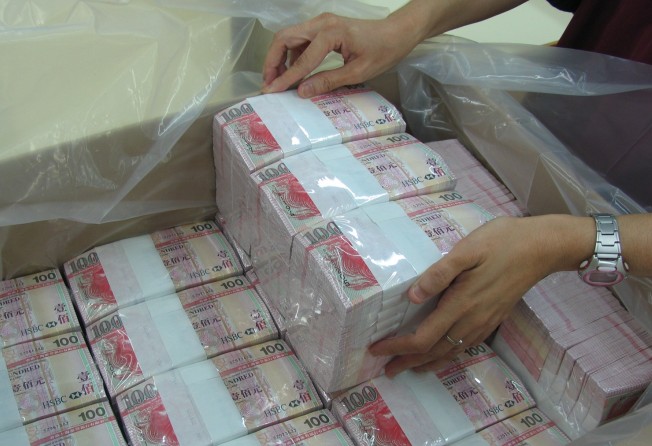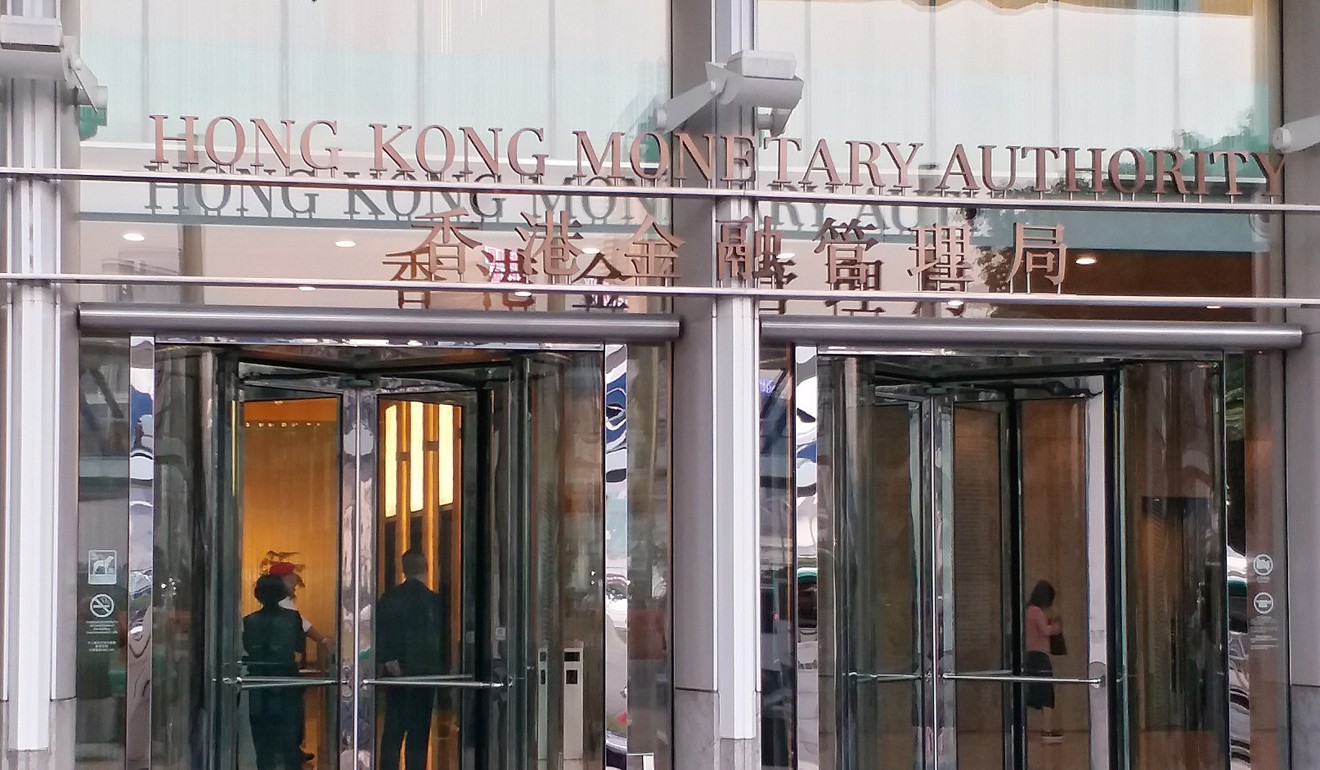Hibor hits fresh 10-year high of 1.58 per cent on fears of liquidity crunch
The rise in bank funding costs comes as the city’s de facto central bank raised the base lending rate after the US Federal Reserve’s interest rate announcement

A gauge of Hong Kong’s bank funding costs, which hit a 10-year high, suggests the current liquidity squeeze in the banking sector could last longer than expected.
The one-month Hong Kong interbank offered rate (Hibor) rose 2 basis points to 1.60 per cent on Thursday, its highest level since 2008. Three-month Hibor was up for a seventh straight day to 2.01 per cent. The increase in Hibor rates shows that it was getting harder and costlier for banks to obtain funds in the interbank market, where they extend loans to each other to manage their short-term liquidity operations.
Similarly, a number of banks have also raised their term fixed deposit rates in tandem in recent months as their short-term borrowing costs rise and in preparation for the eventual rate increases by the de facto central bank.
The reduction of available liquidity in the financial system comes as the city’s de facto central bank raised the base lending rate on Thursday after the US Federal Reserve’s interest rate announcement, and also in anticipation of strong seasonal demand as the quarter comes to an end as well as for a number of large initial public offerings from next month.
But the squeeze in liquidity seems to be especially pronounced after the Hong Kong Monetary Authority’s intervention in the foreign exchange market in April, when it spent HK$70.35 billion (US$8.97 billion) to defend the currency’s peg to the US dollar.
The Hong Kong dollar has stayed at the weak end of its trading band of between 7.75 and 7.85 against the US dollar because of persistent outflows. The HKMA is obliged to prevent the currency from trading outside the range, and will intervene when the currency falls to 7.85.
On Thursday, the local currency was trading at 7.8475 per US dollar, remaining in the weak side of the band.
The HKMA’s intervention has resulted in the city’s aggregate balance dropping by 40 per cent to HK$109 billion since April, thereby reducing the availability of funds for lending between banks.
Analysts pointed out that Hibor has been rising quickly since April on tightening liquidity, but it has been slow to respond to improvements in liquidity conditions, showing how jittery the market has become.
“The situation is not good as Hong Kong’s interest rates are going up merely on tighter liquidity conditions from outflows. They are not rising due to a strong economy,” said Ryan Lam, head of research at Shanghai Commercial Bank.
Henry Chan, head of research at Caitong International Securities, cautioned that rising Hibor matched patterns seen in 1989, 1997 and 2011, when local assets such as stocks and property were swamped by deflation.
“Hibor has rebounded significantly above Hong Kong’s inflation rate, turning into real positive interest rates from negative. History shows that when real interest rates turn positive from negative, that will have far-reaching impact on asset prices,” Chan said.
Ronald Man, emerging Asia fixed income and currency strategist at Bank of America Merrill Lynch, revised his forecast for the 3-month Hibor by the year-end to 2.1 per cent from 1.6 per cent previously. It currently stands at 1.97 per cent.

Man said that there was growing demand for Hong Kong dollar funds making banks more reluctant than before to reduce longer term 3-month Hibor rates after temporary shocks such as from IPOs or seasonal effects, even if short-term liquidity was flush.
However, analysts are split on the timing as to when rising bank funding costs would actually translate to higher prime rates on mortgages. Some expect the first rise in prime rates will take place as soon as the aggregate balance level falls below HK$100 billion, which would trigger an even faster pace of increase in banks’ funding costs.
Others said that commercial lenders would want to delay such action until later this year or early next year, considering that any increase in the prime rate has to be accompanied by a rise in the savings rate, which is currently near zero.
“Banks are cautious because the need to raise the savings rate due to higher prime rates would result in massive costs. A lot of people have big savings at banks,” said Lam.